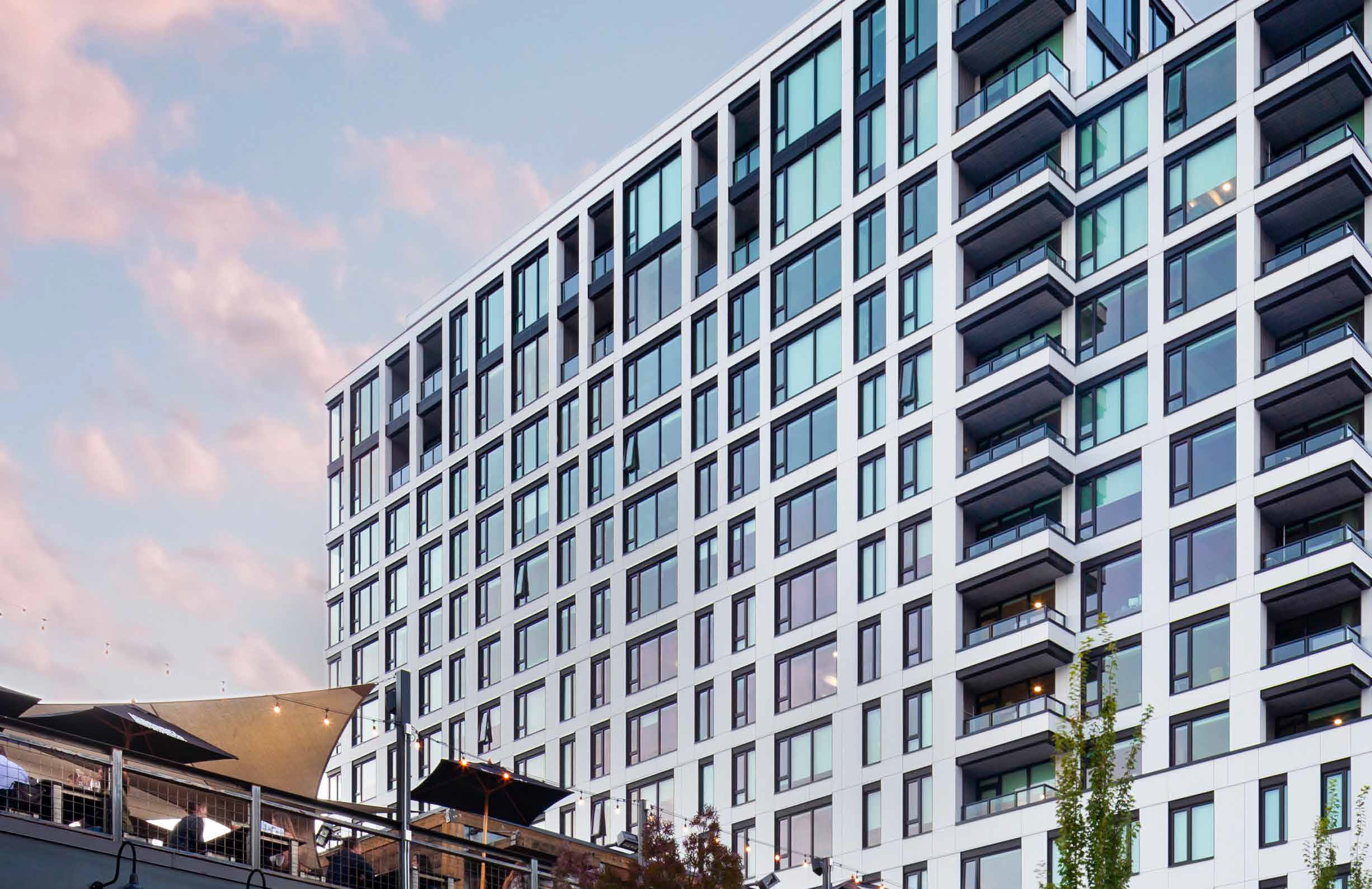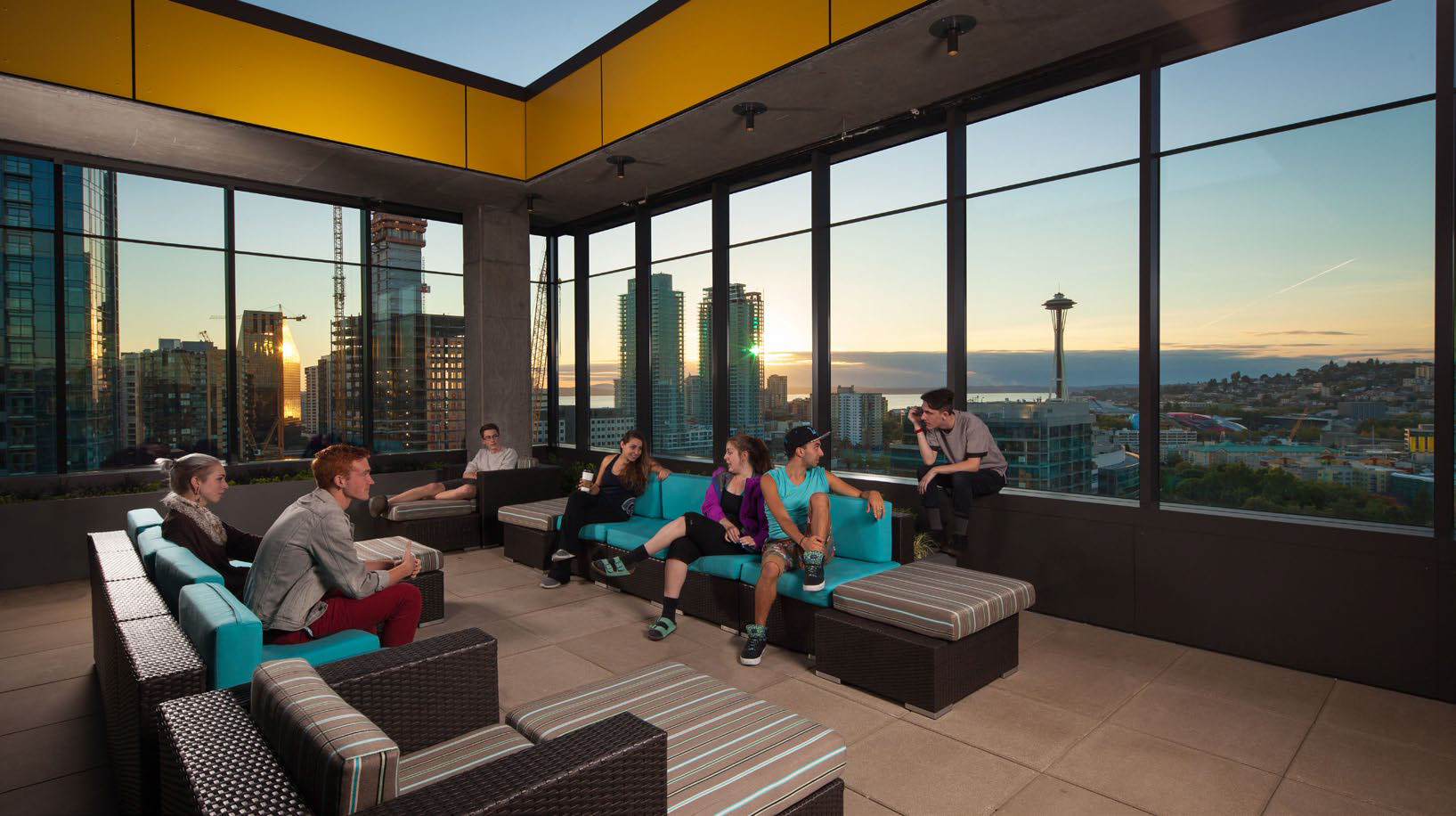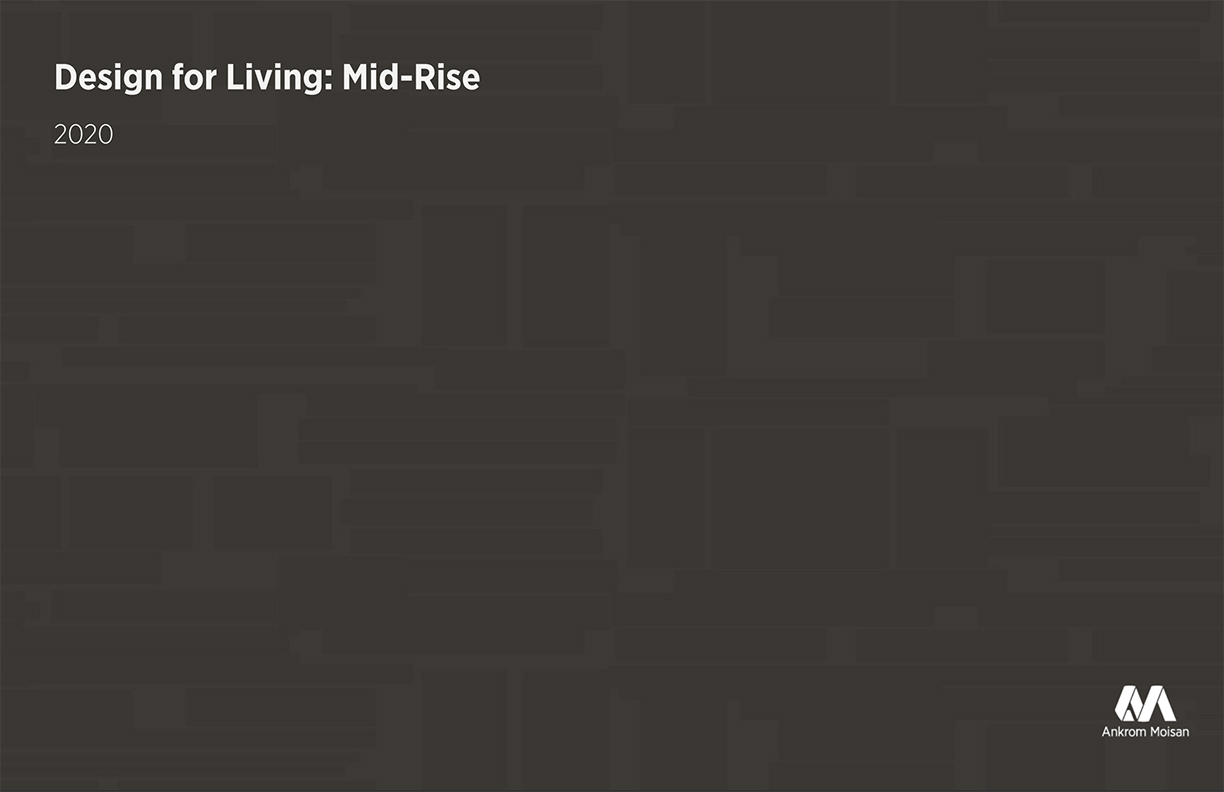We conduct site feasibility studies for our clients, which are divided into three tiers. From Tier 1 to Tier 3, each tier deals with increasing amounts of information and concurrent time to prepare. Ask us how we can conduct a site feasibility study customized for you.
Download our Tier 2 Example to see what types of information are included in a Tier 2 package.
Apartment Innovation Insights
After interviewing hundreds of apartment residents, we distilled their responses and refined our observations into practical design insights.
Here are opportunities to evolve apartment design in a way that meets people’s changing needs: by focusing on many sought-after features that designers often remove when pursuing value engineering.
Download the Apartment Innovation Survey Insights now.
High-Rise Design
Download our latest (2020) lookbook on urban high-rise design. – – – – > UPDATE: Click to view the 2023 High-Rise Design Lookbook.
Design for Living: Mid-Rise
Download our inspiring 2020 lookbook on mid-rise living.
Apartment Innovation Survey
Our survey, conducted from May 28 through June 17, 2020, yielded over 400 responses and 1,635 written comments about apartment living today.
We’ve compiled our raw data into this research brief, a useful reference that supports our more refined design insights.














